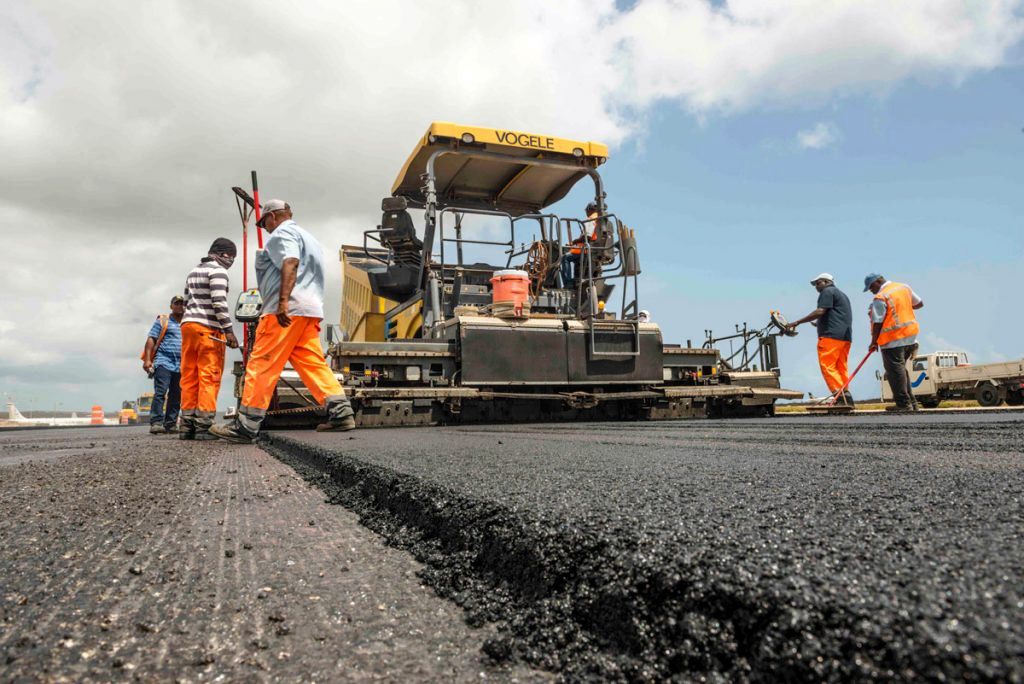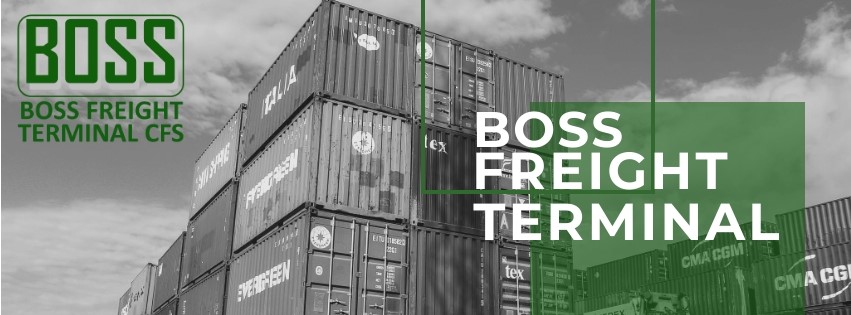By The Weekly Vision
The National Treasury and the Kenya National Highways Authority (KeNHA) have approved the expansion of the Rironi–Nakuru–Mau Summit (A8) road by a consortium comprising the China Road and Bridge Corporation (CRBC) and the National Social Security Fund (NSSF).
Under the arrangement, NSSF will use pension contributions to finance the project, while CRBC will undertake the construction works. The project is estimated to cost KSh 90 billion.
During President Uhuru Kenyatta’s tenure, a French consortium operating as Rift Valley Highway Limited won the tender to construct the same road for KSh 190 billion. However, his successor, President William Ruto, cancelled the deal on grounds of cost concerns, although Kenya was later forced to pay KSh 6.5 billion in compensation.
According to KeNHA, the CRBC/NSSF consortium was selected after a financial evaluation found its proposal to be more feasible and affordable, particularly regarding toll charges.
The consortium proposed a lower tariff of Ksh 8 per kilometre compared to the Ksh 10 per kilometre suggested by Hi-Speed Road and Bridge International Engineering Co. Ltd.
“Based on a comparative assessment, the Evaluation Committee concluded that China Road and Bridge Corporation (CRBC) and the National Social Security Fund Trustees (NSSF) align with the Contracting Authority’s Output Specifications and PPP Act (Cap 430) requirements, with a proposed toll rate of Ksh 8 per kilometre and a 1% annual escalation rate,” KeNHA stated.
The project will be developed under a Public–Private Partnership (PPP) model. Construction is expected to commence before January 2026 and take two years to complete.
However, the award of the tender is likely to be viewed as a continuation of the government’s preference for Chinese firms in awarding major infrastructure contracts.
The Nairobi–Nakuru–Mau Summit (A8) and the Nairobi–Maai Mahiu–Naivasha (A8 South) highways are among President Ruto’s flagship infrastructure projects.
The A8 road project will start at Rironi and extend approximately 175 kilometres to terminate at Mau Summit, while the A8 South will branch off from Rironi to Naivasha, covering about 56.8 kilometres.
According to KeNHA, the section between Nairobi and Naivasha will be upgraded to a dual four-lane carriageway, while the section between Naivasha and Nakuru West will become a dual six-lane carriageway.
The Nakuru–Mau Summit stretch will be upgraded to a dual four-lane carriageway, while the Nakuru urban section will feature a four-lane dual carriageway built on a full viaduct cross-section.
For the A8 South project, the section between Nairobi and Mai Mahiu will be upgraded to a dual four-lane carriageway with climbing lanes in steep terrain areas. The Naivasha–Mai Mahiu section will be rehabilitated and resurfaced, but no widening is planned.
Once completed, the project is expected to ease congestion along the route, which not only serves residents of the Rift Valley and western Kenya but also forms part of the northern corridor linking Kenya to Uganda, Rwanda, Burundi, and the Democratic Republic of the Congo.
KeNHA added that the project will include enhanced traffic safety measures in fog-prone areas and on steep gradients, as well as improved drainage, signage, and lighting.





